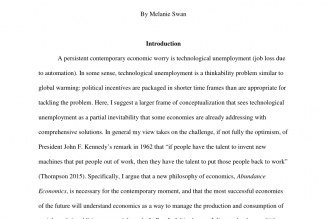The Bitcoin halving is a planned reduction in rewards miners receive. Halvings happen once every four years or so. And the next one will take place in the early hours of Tuesday, 12 May 2020.
What exactly is a halving and why does it happen?
Bitcoin is generated by miners. They have computers performing complex calculations which validate the transactions on a public digital ledger, called the blockchain. The miners compete with each other to earn newly-issued tokens known as a block reward. A halving is a 50% reduction in the value of rewards to Bitcoin miners.
There is a finite number of Bitcoin that will ever be in circulation (21 million) and there is no way of producing more. Halvings are a unique protocol which controls the supply of Bitcoin.
/* custom css */
.tdi_3_98b.td-a-rec-img{ text-align: left; }.tdi_3_98b.td-a-rec-img img{ margin: 0 auto 0 0; }
How will the price of Bitcoin be affected by the halving?
Since there have only been two previous halvings, this means there are only two data points, which is not significant enough to devise a trend. When the first halving took place in 2012, there were only 43,000 wallets (accounts). By the second halving in 2016, there were around seven million and today there are more than 48 million wallets, but this is still a relatively small number.
In theory, if supply slows down and demand stays constant, prices will rise. In the past, the halving has correlated with an increase in the price. The first halving took place on 28 November 2012, when one BTC was worth around $11. In the course of just a year after the event, Bitcoin’s price swelled to $1,100. The second halving took place in July 2016. Bitcoin maintained a price of around $600–$700 before flying to $20,000.
Potential Bearish Bitcoin
Miners may sell their Bitcoin to pay for new equipment, though miners have known about the impending halving far in advance so this is likely priced in already. Another argument is that consumers are not thinking about buying Bitcoin in the COVID-19 economic fallout and some cryptocurrency holders may liquidate their holdings to cover real costs which they face due to financial losses.
Potential Bullish Bitcoin
If you drop supply of anything by 50%, usually it drives demand and therefore prices increase. Many have upped their holdings in anticipation of a bull run. Countries with unstable currencies like South Africa have seen Bitcoin as a safe haven and good store of value and with governments printing money all over the world, inflation is likely to be higher than in the past. The COVID-19 situation may reduce the purchasing power of fiat currency, prompting more people to consider Bitcoin.
“Bitcoin will return to its all-time highs within the next 12 to 18 months. I believe we’re currently at the beginning of a long upward trend, one that, considering the broader economic environment, is set to experience increased volatility, especially in the next few weeks,” predicts Luno’s CEO, Marcus Swanepoel.
“Nevertheless, with the halving just around the corner, and with some patience, we will see that same sharp increase common with previous halvings, even if it will take a bit longer than usual to get there.”
/* custom css */
.tdi_4_859.td-a-rec-img{ text-align: left; }.tdi_4_859.td-a-rec-img img{ margin: 0 auto 0 0; }









